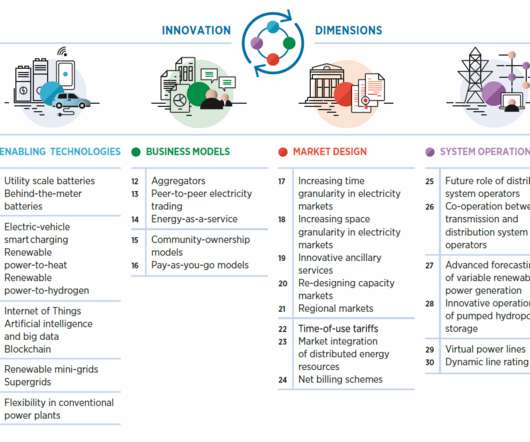The Future of Corporate-Startup Collaboration
The Inovo Group
OCTOBER 10, 2018
“Collaboration can no longer be viewed as an optional extra, it’s a strategic imperative. The collaboration between large corporations and startups is more important today than ever, and the trend will continue. Both types of entities are realizing the advantages that can come from collaborating with their counterpart.


















Let's personalize your content